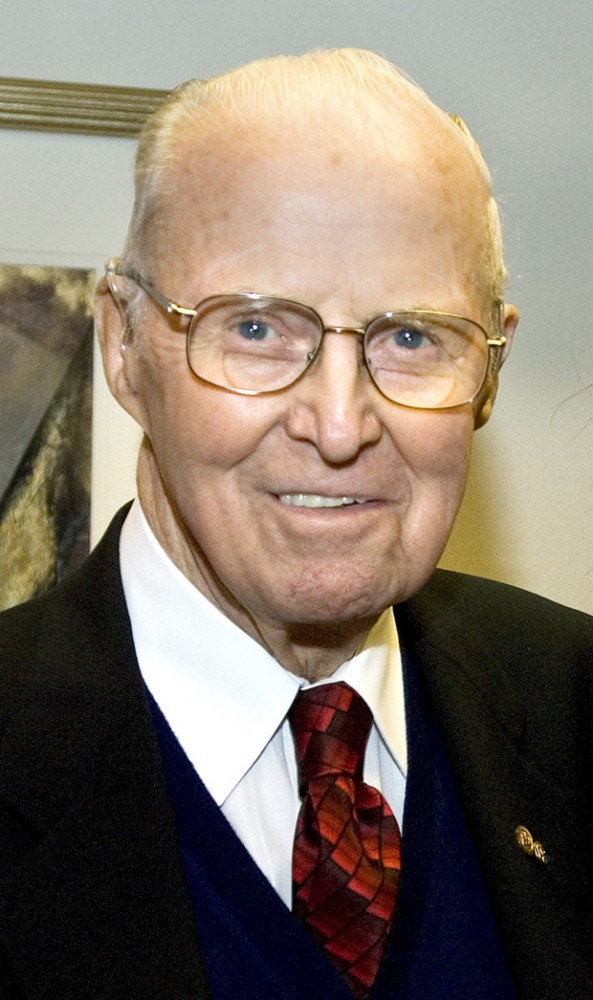Norman Borlaug, a Nobel prize-winner, the âÄúfather of the green revolutionâÄù and University of Minnesota alumnus died Saturday in his Dallas home at the age of 95. Borlaug, who dedicated his life to quelling world hunger, worked adapting wheat to improve yields for farmers in struggling nations. His breakthroughs have helped end famine in Pakistan, India and Mexico and sparked the 1960s Green Revolution that shifted agricultural practices around the world. BorlaugâÄôs efforts laid the foundation for the Green Revolution, which aimed to reduce world hunger by creating higher crop yields and implementing more efficient agricultural methods. âÄúNorman Borlaug remains one of the UniversityâÄôs most distinguished alumni âÄî a scientist, educator, humanitarian and Nobel laureate whose work made him a hero around the world,âÄù University of Minnesota President Bob Bruininks said in an e-mail statement. âÄúHe saw the human face of hunger in the world and never strayed from his principles.âÄù Raised on a farm in Iowa, Borlaug enrolled at the University in 1937 amidst the Great Depression, receiving his Bachelor of Science while making a name for himself as a Gopher wrestler. He went on to graduate with a doctorate from the University in plant pathology. Borlaug joined a program funded by the Rockefeller Foundation in the 1940s , and began aiding Mexican farmers by improving their wheat crop while teaching proper cultivation techniques. He followed up this venture with an expansion of the program to help inform Indian and Pakistani farmers, resulting in a drastic rise in both countriesâÄô agricultural production. âÄúHe was an ordinary man who did extraordinary things,âÄù said Carol Ishimaru , professor of plant pathology at the University and friend of BorlaugâÄôs. âÄúWhen you talk to him, you realize he was so passionate about doing something for humankind,âÄù she said. âÄúI donâÄôt think there is any aspect of our lives that hasnâÄôt been affected by his work.âÄù In 1970, BorlaugâÄôs work staving off famine earned him the Nobel Peace Prize, followed by the Presidential Medal of Freedom in 1977, the National Medal of Science in 2006, and the Congressional Gold Medal in 2007. Continuing to remain active in the University up until his last day, Borlaug attended the College of Food, Agricultural, and Natural Resource Sciences centennial in 2007 and was even scheduled to lead the October homecoming parade. âÄúTo not only have had someone like Norman Borlaug attend the University, but to have him so connected to his alma mater, literally for his lifetime âÄî what a gift,âÄù said Margaret Carlson , executive officer of the University of Minnesota Alumni Association. âÄúI just hope someone can follow in Norman BorlaugâÄôs footsteps.âÄù











